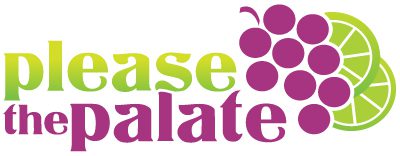An Unexpected Find: An Urban Winery in Marseille, France
This story originally appeared in the Napa Valley Register.Marseille, France, the second largest city in France after Paris, is known for its busy harbor and urban energy. Located along the Mediterranean Sea, visitors come for the beaches, the port, the ancient history, the cultural diversity and the food. So, when I had a day in Marseille, we wandered the streets stopping into boutiques, walked along the port and enjoyed some meals. And then we happened upon a winery in the middle of the city.

As we walked along Rue de l’Évêché, we passed a market, a salon, a few restaurants and then, surrounded by these businesses, was Microcosmos Chai Urbain, an urban winery owned by Fabienne and Lukas Völlmy. Originally from Burgundy, Fabienne, who holds a B.S. in chemistry and a master’s degree in enology, and her husband, Lukas, opened Microcosmos Chai Urbain in 2012 in the old part of Marseille. Buying a winery can be cost prohibitive to a young winemaker starting out and Fabienne was inspired by the urban wineries in San Francisco and Abe Schoner’s maverick, one-man wine-making Scholium Project.








